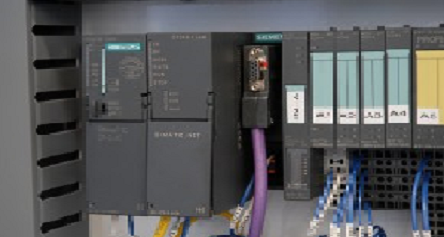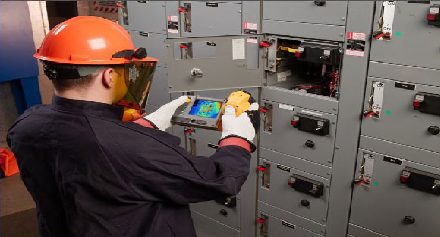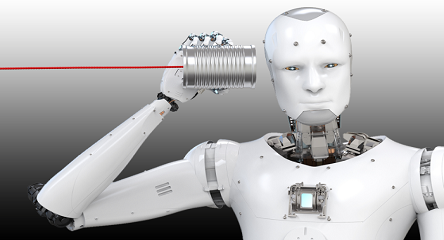How did you start your career in the asset management field?
I’ve always wanted to be an engineer, at the age of 13 I was making all kinds of contraptions at my dad’s welding workshop. My career really started when I joined Mars on an advanced modern apprenticeship when I was 18. I found that learning about the components and their failure modes was the thing that really excites and interested me. I held several roles in the business after my apprenticeship including engineering planner, operational shift manager, and an area engineering manager, and these roles allowed me a great understanding of the organizational and systematic principles in asset management. The thing I enjoy the most about asset management is taking component level problems and determining the physical, human, and latent root causes and understanding how these can be improved by the systems and strategies currently in place.
What lessons did you learn while you were earning your master’s degree from the University of Manchester that you find most valuable today?
There were some study units where the theory that I researched I also used at least weekly if not daily. The key elements were the asset management and maintenance strategy modules, there was a moment of clarity during the assignment and research, where the principles of a strategic process for asset management fell into place for me. For example, most reliability engineers and asset managers know of the tools required for good asset management, like criticality studies, FMEA, CBM, PPM, lubrication schedules, CMMS systems, MRO spares, etc. But it is the sequence of events, the communication pathways, the system requirements, and the organizational set up that really allow the jigsaw to be put together and the benefits to be gained. Another element I found the key was design for reliability and asset management as I studied methodologies like FMEA and Decision-making grids that I now use frequently in my role.
How did your relationship with Weetabix, the UK’s #1 cereal brand begin?
Weetabix had a vision of moving from a reactive maintenance culture to a predictive one in order to reduce failures as there were increasing production pressures at the time. We (53North Group) won a tender to become their asset care partner based mainly on our hybrid approach. When we partner with a company, we develop a relationship where we hand over knowledge to enable our partners to carry out 90% of the care plans themselves and we work with internal technicians to ensure historic knowledge is not missed. Our partner receives a fully developed risk-based asset care plan that can be carried out 90% internally with increased internal knowledge and we have developed a long-lasting asset care partner, making it truly a symbiotic relationship.
What were some of the largest opportunities you faced when 53North was employed to improve asset care at Weetabix?
The maintenance plans were built around time-based intrusive maintenance plans (close to 100% offline PM’s) with large gaps in the lubrication schedules combined with poor practices. The intrusive tasks, lack of lubrication, mixing of incompatible lubricants, and incorrect practices were leading to induced failures and significant downtime. Our Strategy started with a criticality assessment and maintenance task selection process, with a focus on bringing as much maintenance as possible online and to create a new lubrication schedule from scratch. On critical items, we completed FMEA studies to ensure all failure modes had been considered. A hybrid condition-based maintenance program was introduced (completed partly by Weetabix technicians and partly by 53North) to become more predictive and allow for early identification of failure and increased planning time. Engagement and training sessions with the site technicians were carried out to transfer skills and knowledge of new technology and strategies. The result was that 50% of maintenance was moved to be completed whilst the assets are running, allowing datums to be captured, failure modes to be easily identified, maintenance days not filled with needless PM tasks, and induced failures to be reduced. The main benefits to Weetabix was a 150% increase in MTBF, reduction in contract labor, an achievable maintenance plan, and increased internal knowledge.
Why do you believe that culture change is more difficult to navigate than technical implementation?
When you plan a technical strategy change, for example implementing a condition-based maintenance program, there is factually based information available to support it. If you work from the bottom up, you can identify failure modes and assess the correct condition monitoring techniques to carry out. Working with facts and data engages the part of the brain that responds to logic, truth, and facts and is evidence-based, rational, and has perspective. Its agenda is a self and social-focused one with honesty, compassion, and conscience. When you then ask an individual or a team to make major changes to their contented working day, they embark on a journey of differing feelings, emotions, and impressions. This engages a part of the brain that tends to jump to conclusions, and think in black and white, paranoid, catastrophic, and irrational ways. Its agenda is for self-survival and survival of its instinctual needs.
I have found that working with people that are engaging their factual part of the brain is a lot easier to navigate than when they are using their emotional side. The journey of emotional change can last seconds, minutes, weeks, even months, it depends on the individuals’ experience with this type of change and what support networks are in place for them.
What is the craziest thing that you’ve ever witnessed or heard about in your industry?
I once went to a factory to tender for a contract and I was discussing with the chief engineer the asset care program. He very proudly explained to me that they had started to conduct RCM on the site. Looking at the state of the equipment in the plant I thought that carrying out RCM studies was way beyond what was needed, intrigued I asked to have a look at the outcome. They handed me a 3-inch thick folder of paperwork covering every inch of the asset, when I checked the outputs, they were all intrusive type tasks with time-based replacements, and no predictive methodology was used (although they had it onsite). I asked to look at the asset on the line and so we went out to the factory to see it, once there I was confronted with two identical pieces of equipment, one running the other stopped. It turned out that the asset they had completed the study on (taking 3 weeks for 4 men) had 100% redundancy! I couldn’t believe it; I went onto explain the benefits of a criticality study.






